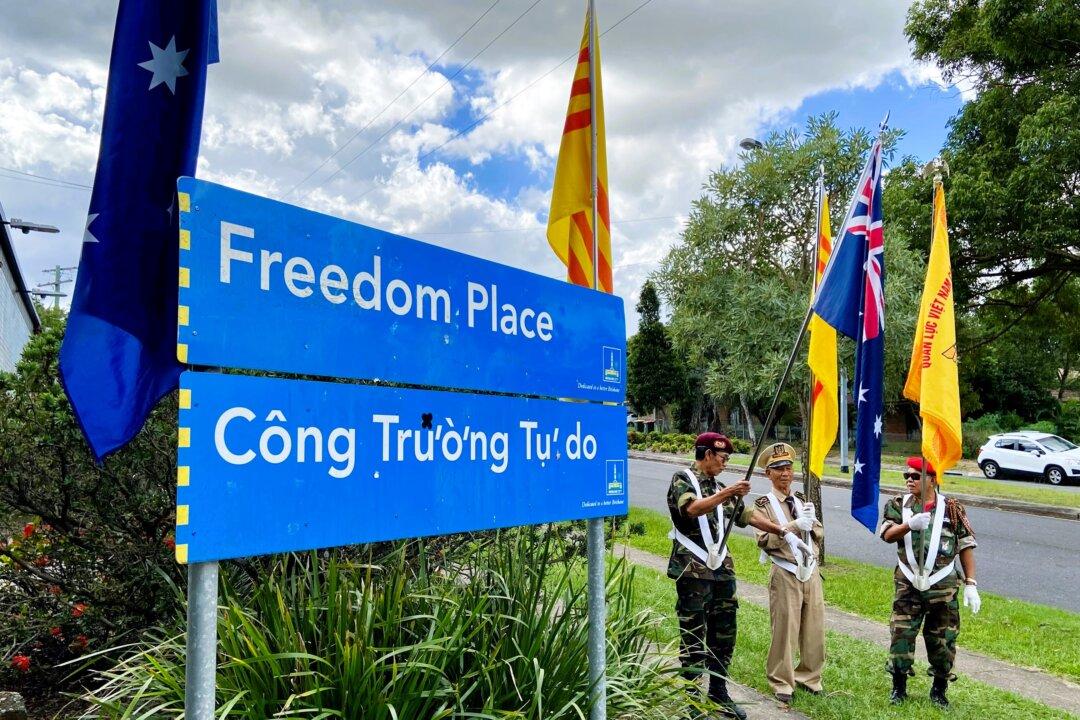A body representing obstetricians says so-called “name and shame” laws aimed at identifying doctors deemed to pose a risk to the public are, at the same time, disincentivising health workers from working in regional areas.
The criticism comes as amendments to the Health Practitioner Regulation National Law come into effect across Australia.
The law gives 16 medical authorities across different disciplines the power to warn the public (by issuing public statements) about professionals subject to investigation or disciplinary proceedings—even before guilt is established.
“We will be using this power sparingly, but in exceptional cases, it will help us better protect the public,” he said.
Concerns Around ‘Naming and Shaming’
Yet concerns have been raised that the laws could be used to target health workers who express differing opinions to the medical establishment, which played out most notably during the pandemic with professionals being disciplined for posting social media content.Dr. Gino Pecoraro, president of the National Association of Specialist Obstetricians and Gynaecologists, has expressed further concerns saying the process can be “career destroying” and removes the presumption of innocence.
“They say they'll only release information if they think that patients have been put at risk. But I had seen the photos, names, and where these doctors work in the newspapers since the law has come out,” Dr. Pecoraro, also chair of Australian Health Practitioners Advisory Solutions, told The Epoch Times.
“One was for a gynaecologist on the Gold Coast who was dealing with a known complication from a laparoscopy. It was picked up and treated at the time, but they put his name, photo, and place of work in the paper.”
Dr. Pecoraro said some no-win, no-pay law firms have weaponised this against doctors, outlining that patients with any adverse event are being told to file a complaint with AHPRA or the health ombudsman, who will carry out an investigation into whether there is a case to answer.
If the investigation finds something—and a health worker is outed—the patients are told to return to the law firm to consider filing a proper lawsuit.
“The problem with obstetrics is that we are the most litigated against profession, and AHPRA’s own data shows that greater than 50 percent of the complaints raised with them go nowhere,” said Dr. Pecoraro.
A Barrier to Dealing With Rural Doctor Shortages?
Australian state governments have been forced to offer financial sweeteners to lure doctors and health workers to regional and rural areas.Under the Workforce Attraction Incentive Transfer Scheme—intrastate, interstate, or international doctors will receive $25,000 after three months if they commence work in a rural area and a further $25,000 after 12 months.
According to Dr. Pecoraro, one of the four main issues facing doctors was the lack of private practice options available. There are current difficulties across Australia stemming from a lack of extensive insurance coverage and government-backed rebates, which are not indexed to rising costs.
Second, more related to Queensland, is that current locum rates for doctors are half what is available in other states.
The third issue was that doctors hoped for a change in “midwife-focused” obstetrics practices in hospitals where specialists get called in only when a patient is suffering a serious condition.
“The doctors just get called in at the end for their insurance policy to get them out of trouble, and the doctors say they want to be involved from the start,” Dr. Pecoraro said.
This leads to the final reason, the Health Practitioner Regulation National Law, which can be triggered because of the current practices in hospitals.
In response to Dr. Pecoraro’s concerns, AHPRA said the National Law should not deter practitioners from doing their work.
“It is aimed at very unsafe practices where the 16 health board’s other tools, such as taking immediate action (which is currently available), are not sufficient to protect the community. In practice, it is more likely to be used in the case of unregistered persons where the Board does not currently have powers to act,” a spokesperson told The Epoch Times.
“Issuing a public statement means AHPRA and the boards can warn the public while it continues to take steps to assess and investigate a matter that could raise a serious risk to the public,” he continued.
“There is a high legal threshold to be met before a public statement can be issued, and there are checks and balances in place to ensure procedural fairness for practitioners.”





